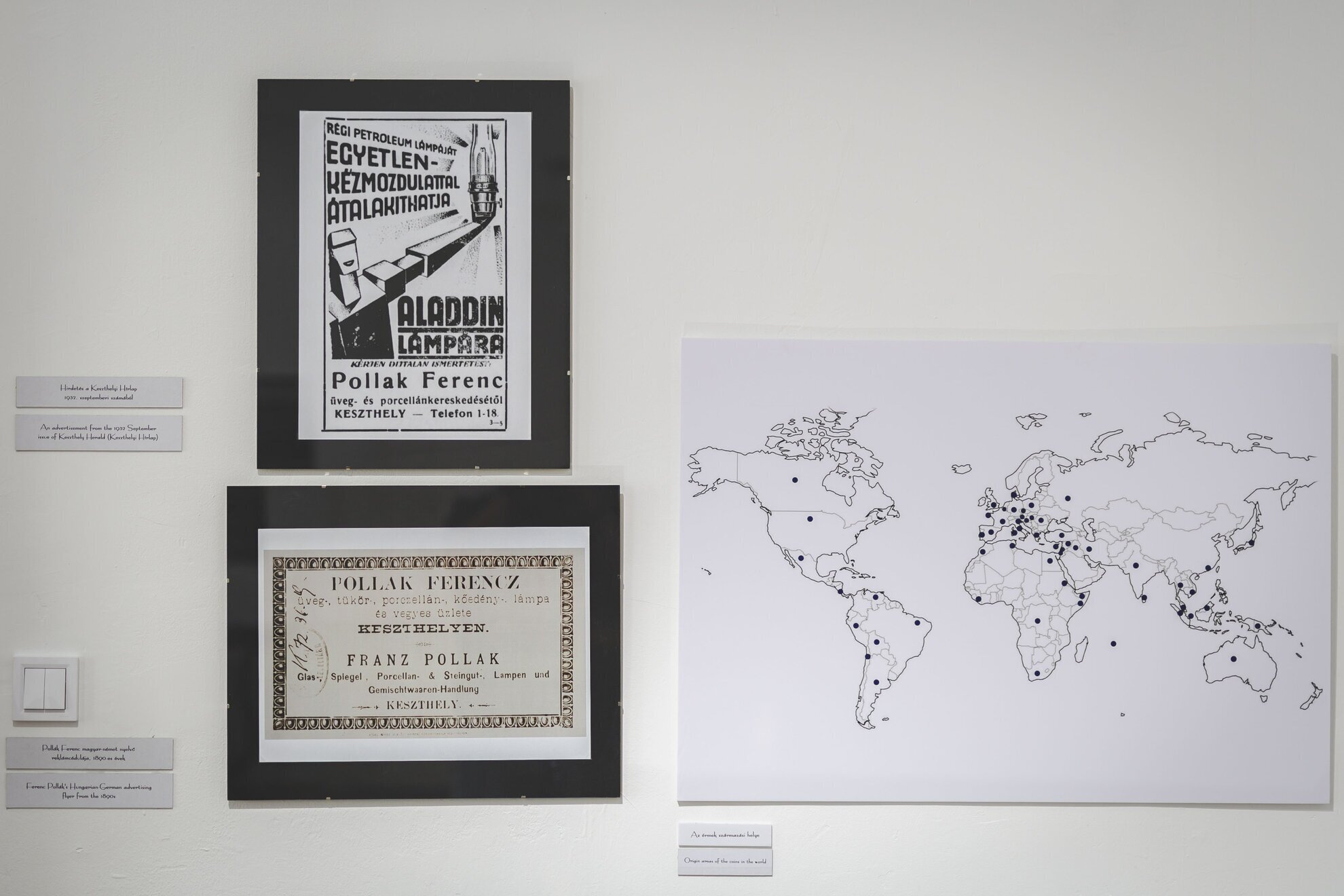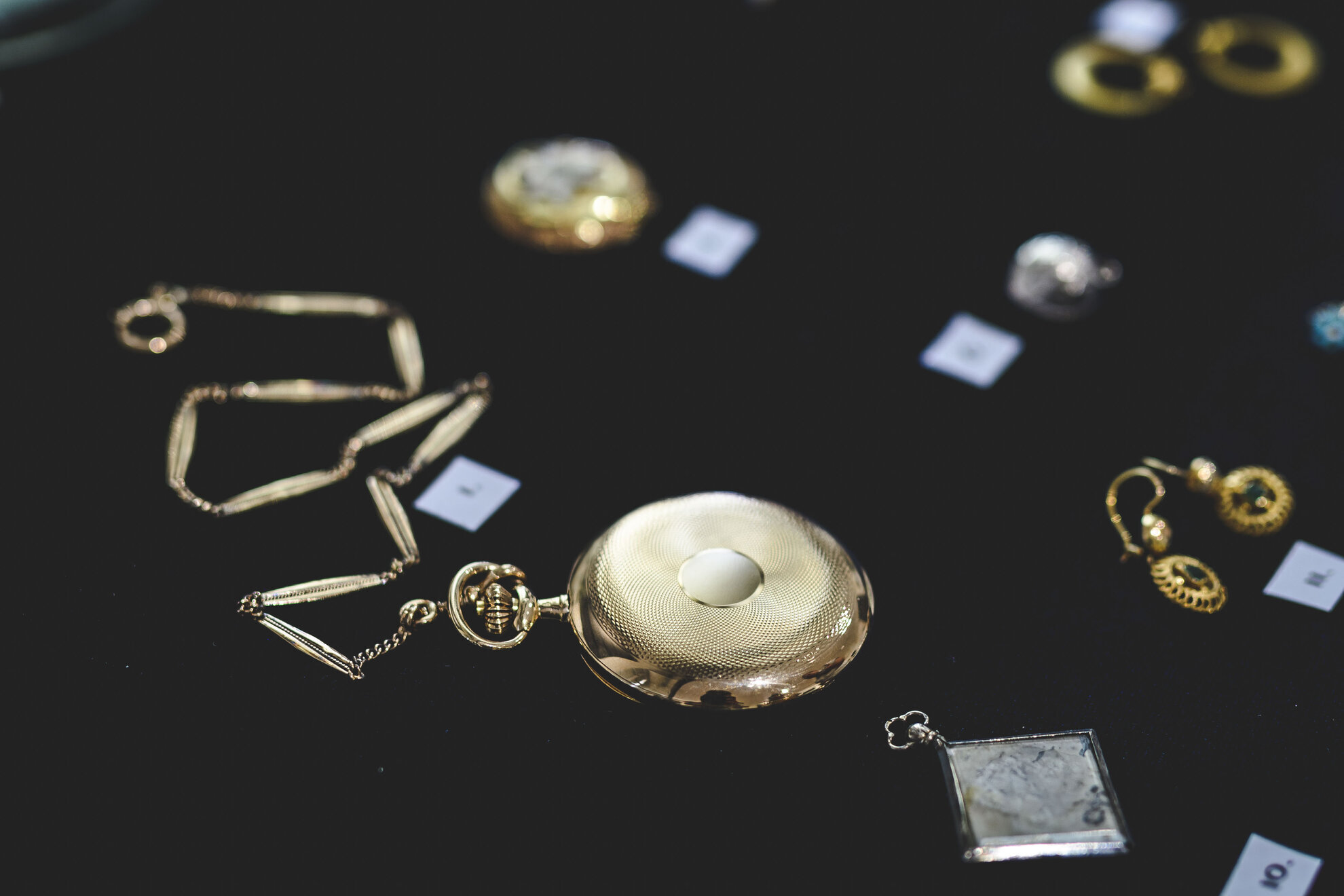A Keszthely resident recently discovered treasure in their basement. Now this trove of 3,000 coins, items of jewellery and memorabilia is on display at the Balaton Museum. Entitled “Mysterious Collection”, the English-friendly exhibition tells the tragic story of a family and the treasure they left behind.
This February, a collection of 2,776 coins, 24 pieces of jewellery and memorabilia was found hidden inside five jars buried in the basement of a building in Keszthely. A local resident discovered the treasure while trying to clear out some surface water. After finding a few coins and shattered glass, they came upon five untouched jars filled with coins and jewellery. The treasure, along with details of the family they belonged to, are now on display at the Balaton Museum.
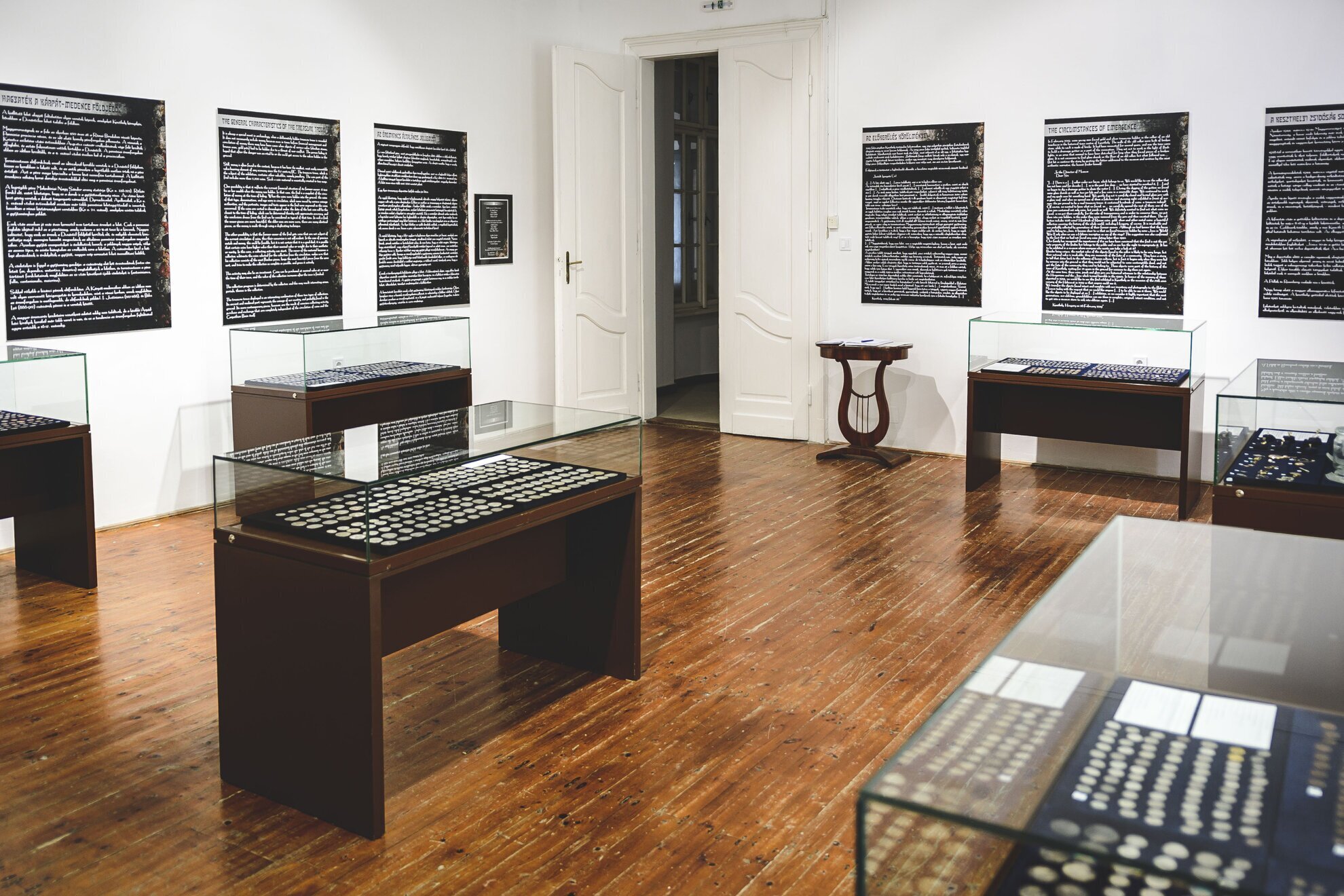
The anonymous resident who found them donated the complete collection to the museum. The letter that describes how the treasures were discovered is also on display. In it, the finder says that the items are unique and are probably of high value, echoing the fate of an entire community. They wanted the collection to be on display in 2019, the 75th anniversary of the Holocaust, to pay tribute to the memory of those who were deported in 1944.
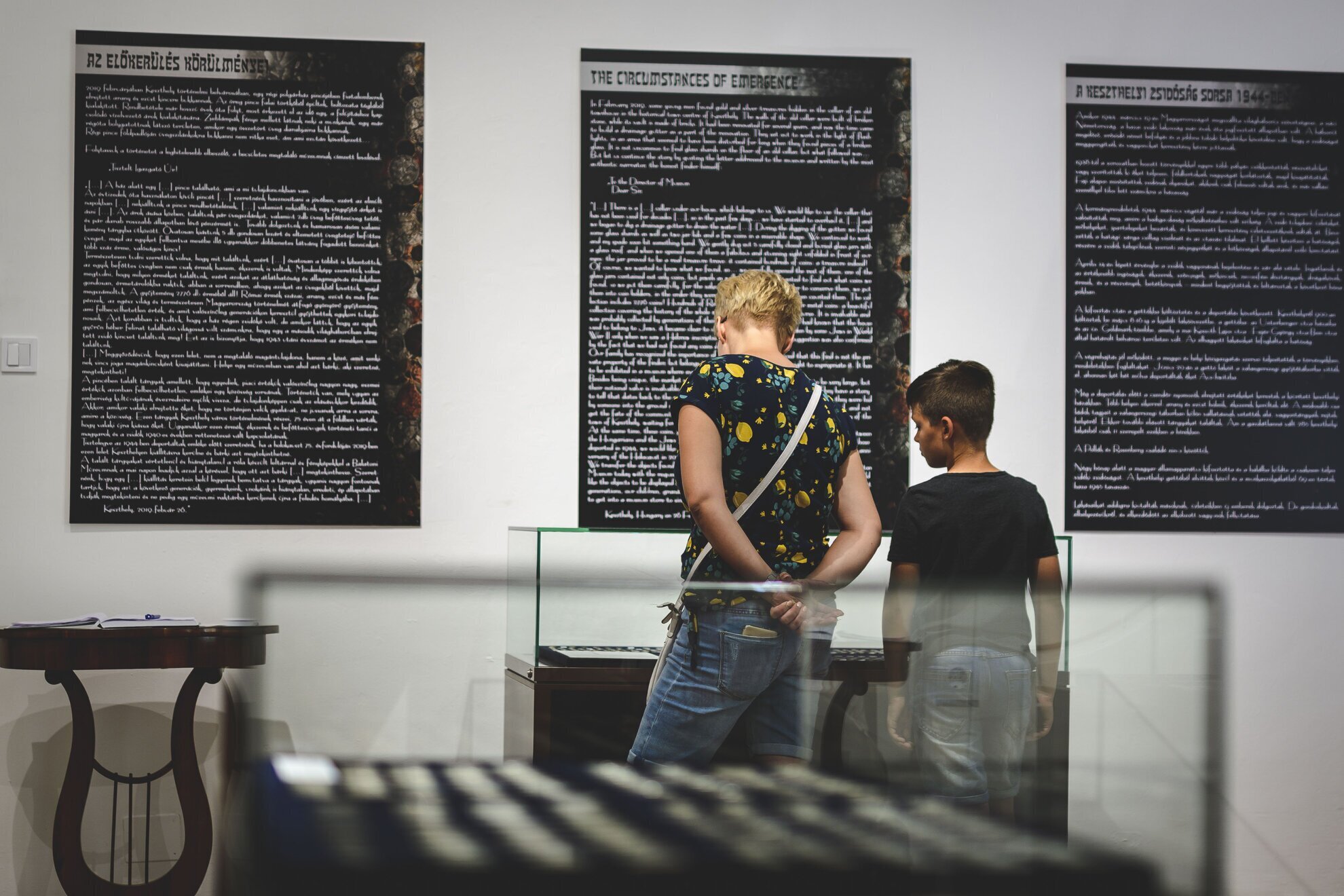
Easy identification
On 14 April 1944, the decree allowing the confiscation of Jewish property came into effect. This meant real estate, valuable objects, art, jewellery and shares as well. After the Jewish families of Keszthely were stripped of their valuables, they were moved into the Keszthely ghetto between 8 and 16 May. This was located around today’s Kossuth Lajos utca and Bem József utca. Barely a month later, they were moved to Zalaegerszeg and then to Auschwitz.
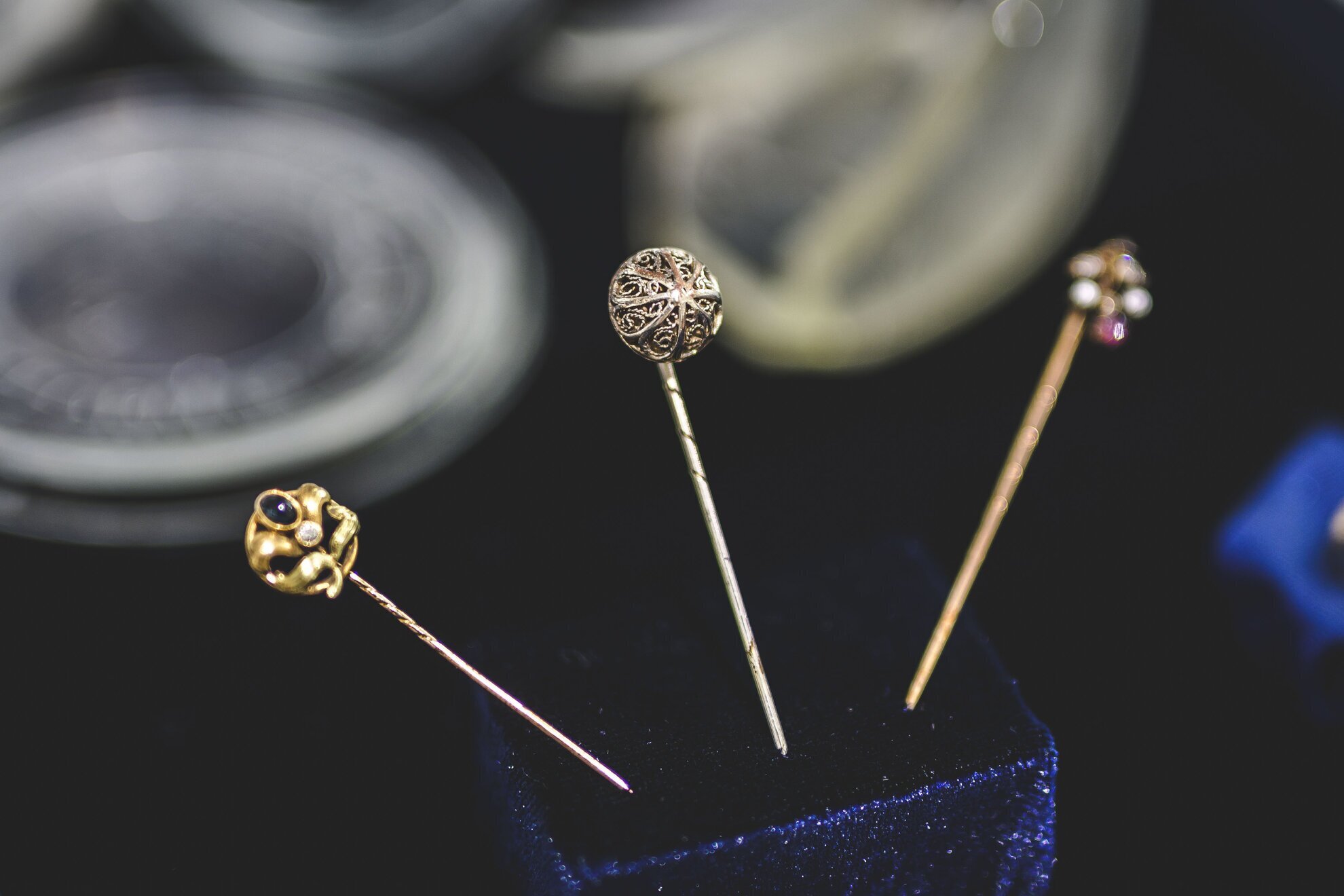
According to the museum's László Klinger, it's possible that there were two more jars in the collection. One contained the family jewellery that made identification easy. Based on property records, it was also known who owned this building until 1944, and the artefacts led researchers to find out who buried the treasure.
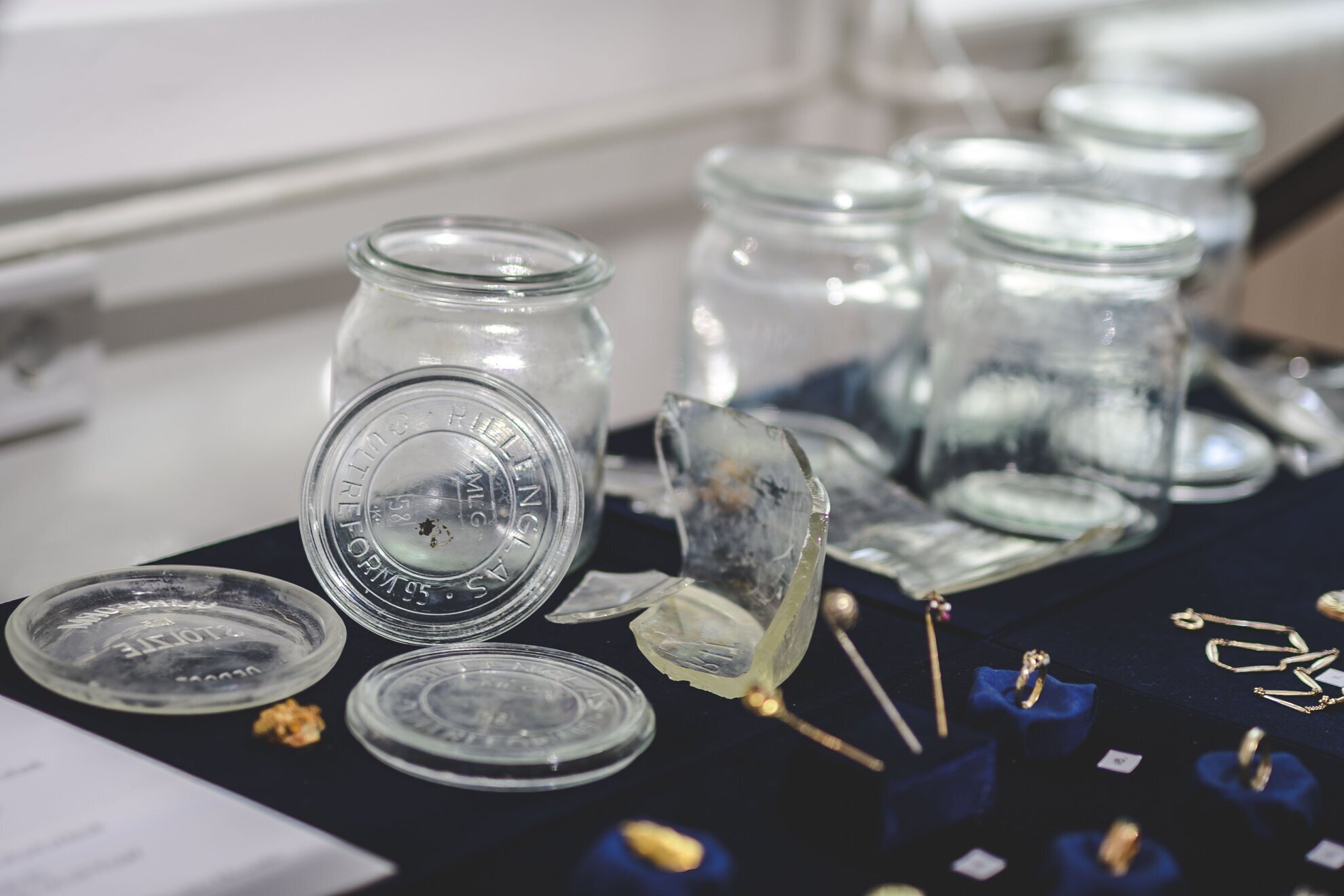
The golden objects include a flagpole insignia bearing the name of Ferenc Pollák. The initials P.F. found on the signet ring that also confirmed the identity of its owner. With the help of the archives, it was confirmed that the two, heart-shaped medals dated 9 March 1902 were an engagement gift for Pollák’s daughter.
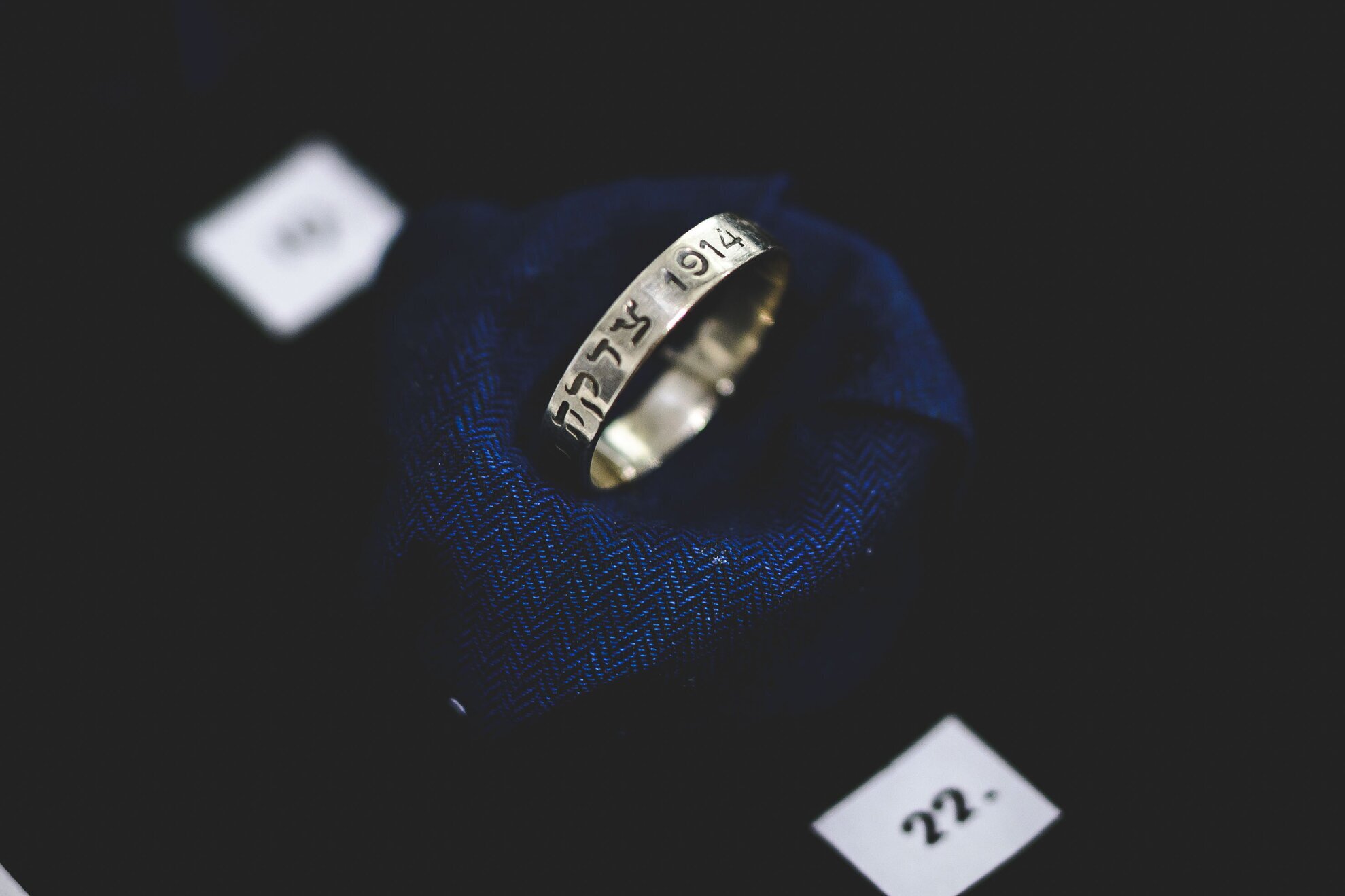
It is known that the family was active in the glass and porcelain trade and the production of cement boards. More can be found out about them if you look closely at the display of their personal items. The silver ring with the Hebrew inscription was Ferenc Pollák’s son’s. Rezső died in 1914 in the Great War. Back then, Balaton vidék even reported that the father, despite old age and poor health, travelled to his son’s grave and brought back his body to bury him at home.
The treasure was probably buried before May 1944. Local law enforcement units were searching for hidden valuables in the homes of displaced Jewish families before they were deported. Members of wealthier families were interrogated at the Zalaegerszeg camp in order to find out whether they had left anything valuable behind. The press reported 11 cases where hidden valuables were found – but the Pollák family wasn’t among them.
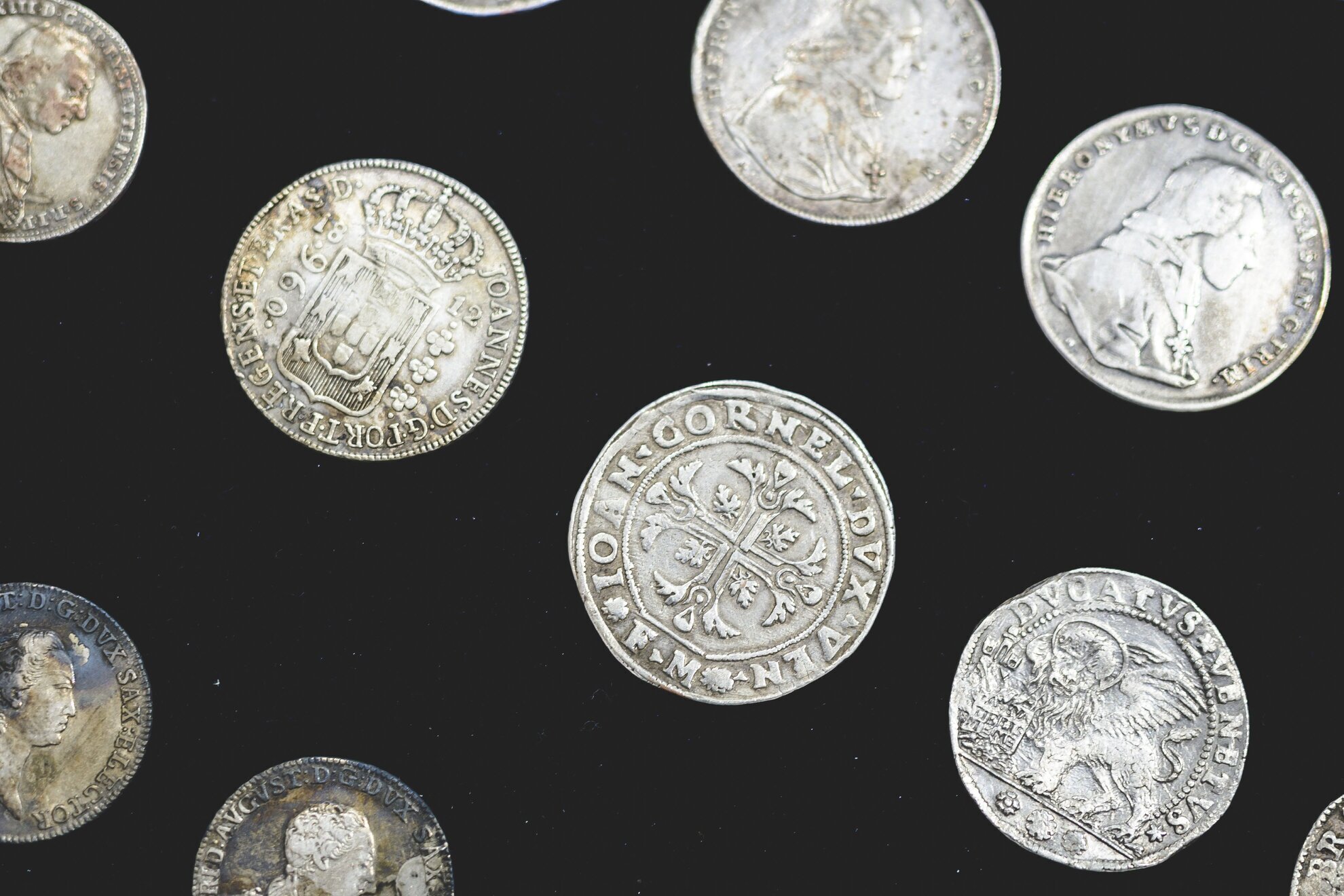
Coins from Alexander the Great to the czars
The collection of coins, mostly silver and copper, is being processed by archaeologist and numismatist Ferenc Redő. The oldest originates from ancient Macedonia, from the time of Alexander the Great, and a few are from the Ancient Greek city states. About 40% of the collection is from the Roman era. According to Klinger, the collector chose the items carefully and paid special attention to their condition.
